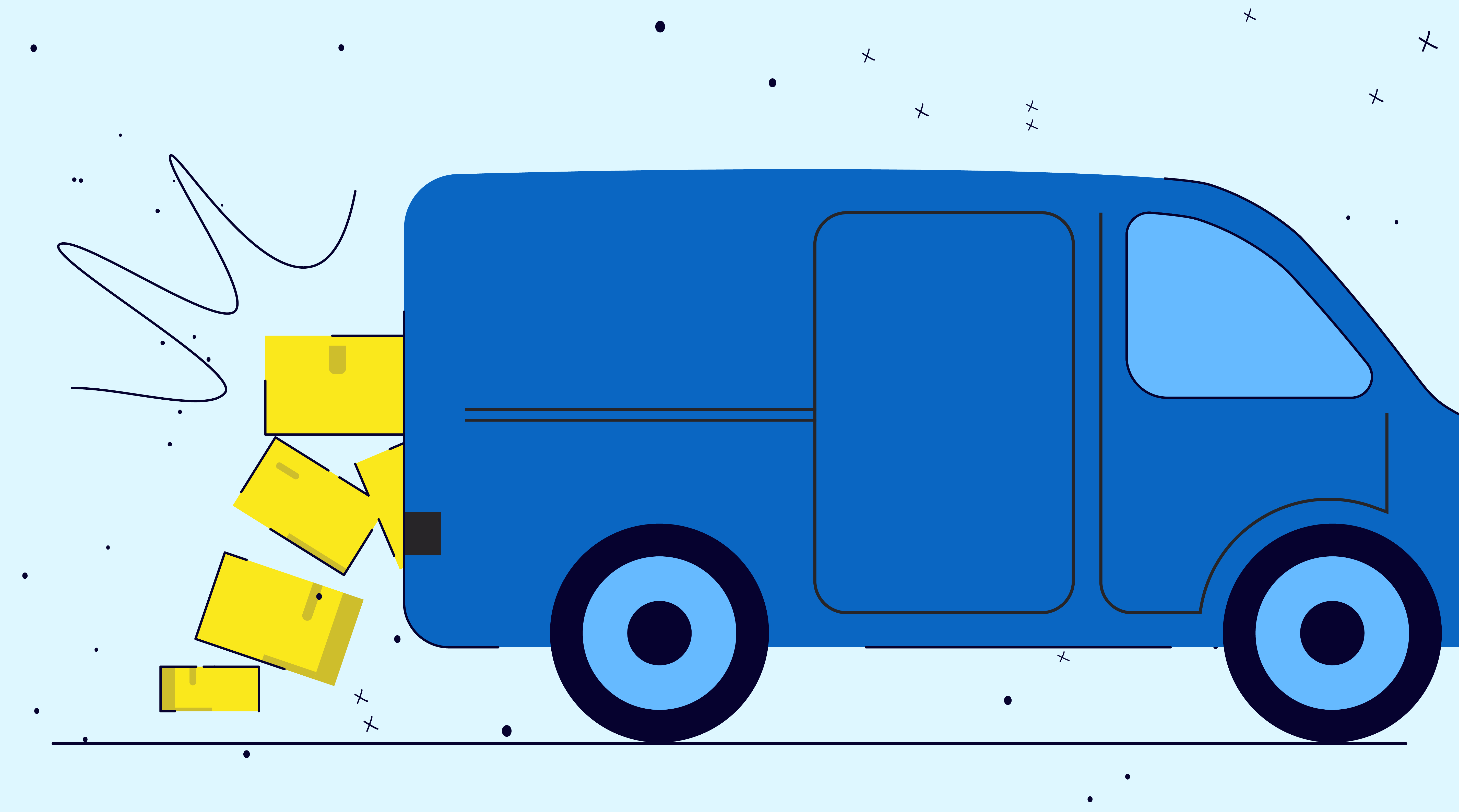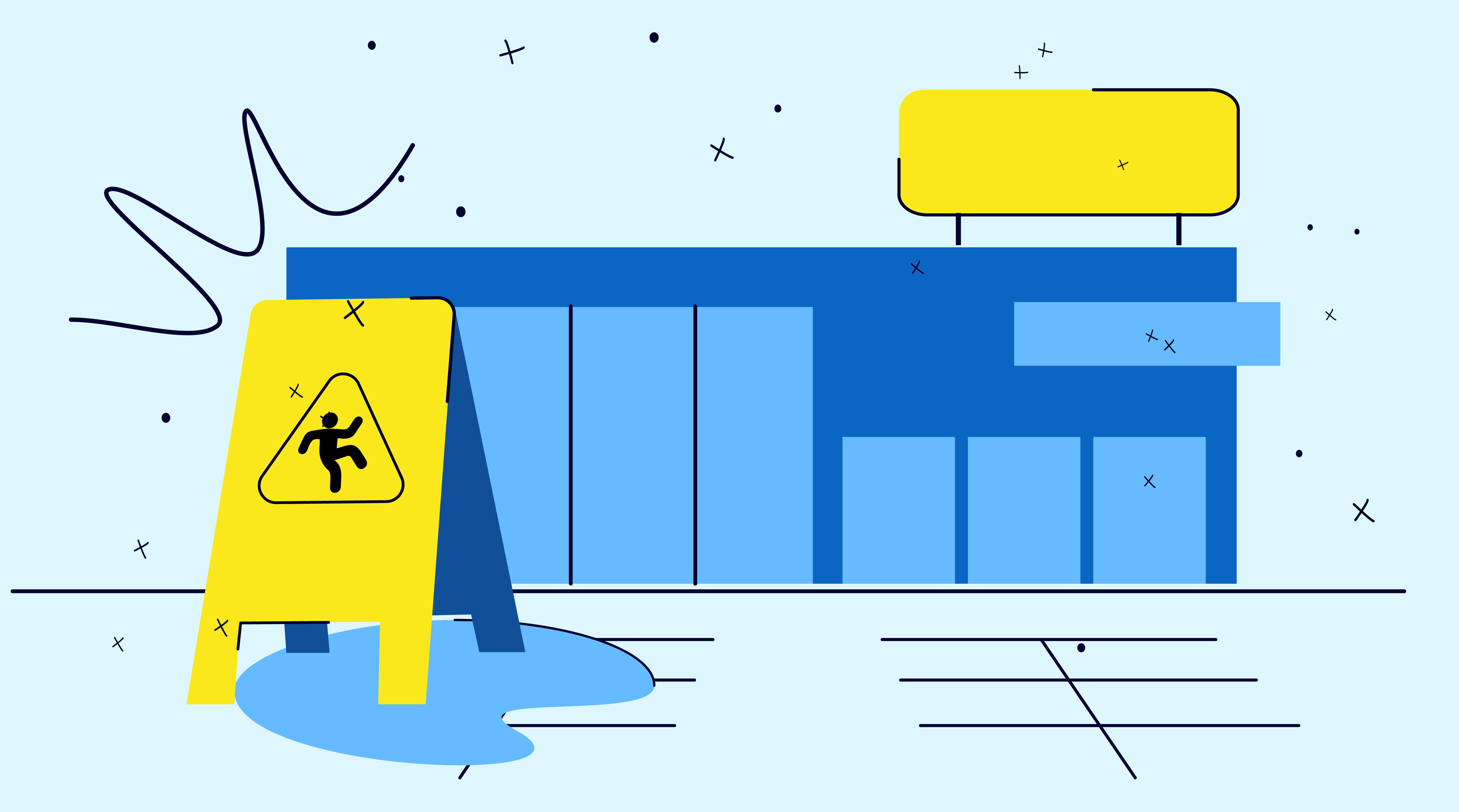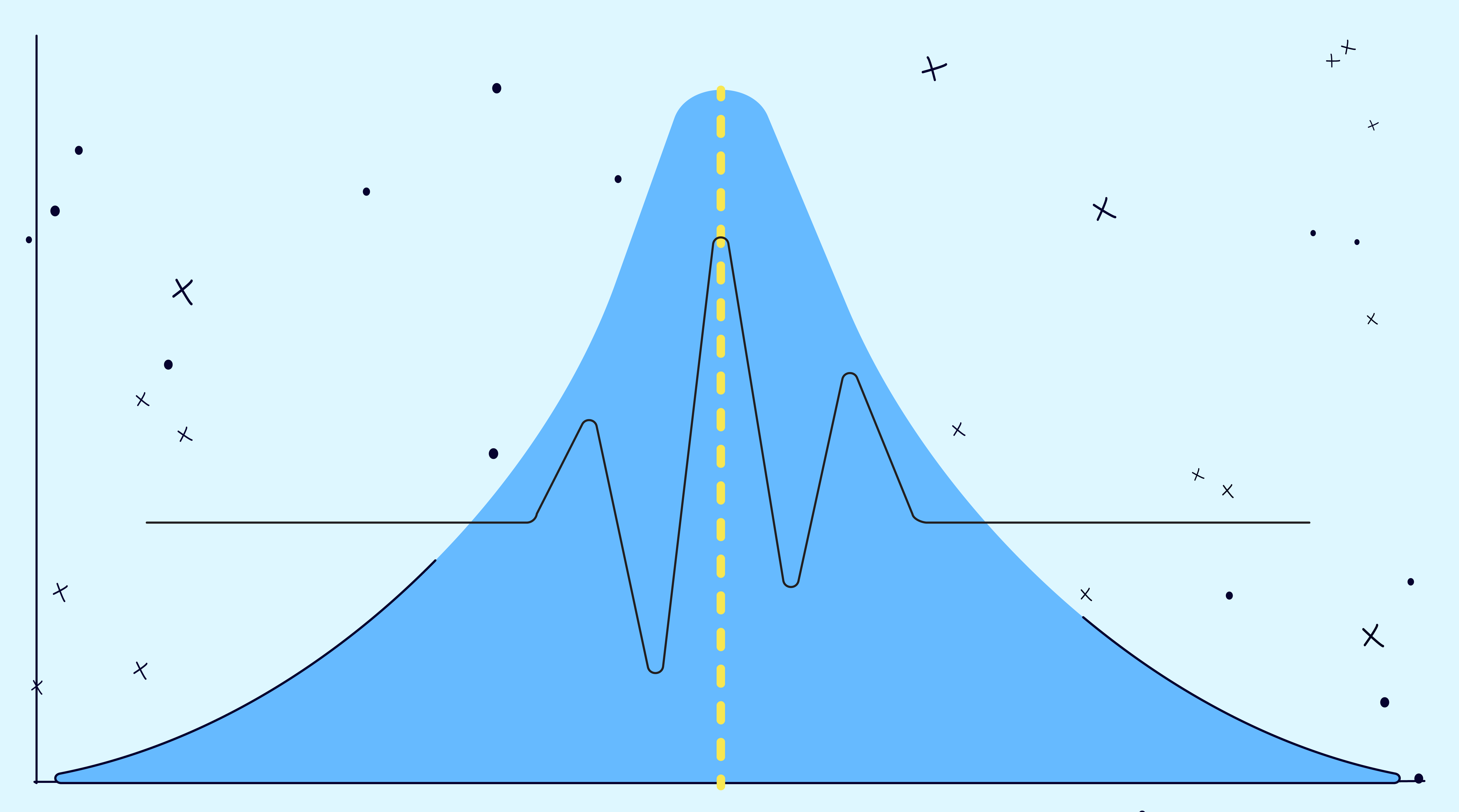Tracking trends in product liability in an increasingly complex marketplace of consumer goods
When approaching an injury case, answering a single question could greatly impact the outcome:
“Did this injury involve a product?”
If the answer is ‘yes’, chances are you have a product liability case on your hands. It could be a car part, industrial equipment, battery, or smoke alarm. It could be manufactured in the United States or in China. If it was faulty, the manufacturer and other parties along the supply chain could be liable.
In the last decade, product liability has had the highest average jury awards amongst all personal injury litigation types and has continued to increase over time. With the average award being over $7 million in 2020, defective products have unfortunately been the cause of great harm.
It’s partly due to products becoming more complicated. With the adoption of electric vehicles, the increase in usage of consumer electronics, the popularity of smart home items, and the globalization of the supply chain, there are more parts to a product, more parties producing them, and more dangerous incidents.
Items such as lithium-ion batteries, fire causing and suppressing products, and airbags are ubiquitous, making them a contributing factor in many accidents and injuries. When they are defective, it adds more complexities and a larger number of defendants to many general injury, premises liability, fire injury, and auto accident cases.
At Morgan & Morgan, our product liability attorneys have developed a comprehensive approach to building their cases, often in partnership with attorneys who specialize in other practice areas.
Here’s what you need to know about these products and their impact on a case.
The Dirty on Clean Energy
Rechargeable lithium-ion batteries are the power source of choice for electric vehicles and the vast majority of consumer electronics. They pack a lot of power relative to their small size, making them popular in the move towards clean energy. They are becoming so common, in fact, that the global lithium-ion battery market is expected to reach $92 billion USD by 2026.
Although generally considered safe, these batteries can explode when punctured, due to
manufacturing defects, and can have their safety mechanisms destroyed by faulty chargers, leading to risk of explosion when damaged. While household alkaline batteries also carry some risk, they have a much lower energy output than a lithium-ion battery of the same size. More energy makes explosions more dangerous, and as these batteries become more powerful and prevalent, the risk of injury increases.
Explosions are more likely to occur when a battery of the wrong voltage is used, often due to black market replacements. When there is an issue in the original product, many companies still won’t take action unless product liability cases bring attention to the damage caused.
As electric vehicles take to the roads more, and consumer electronics require more energy, attorneys should take note of the product liability cases present in auto accident, workers’ compensation or general injury cases.
Approaching Cases Involving Lithium-Ion Batteries
- Keep The Product: Engineers and forensic experts can discover the cause of an exploding battery by examining the remains of a damaged product. This is valuable evidence that’s important to keep.
- Travel The Chain of Distribution: Depending on the jurisdiction, different parties along the chain of distribution can be held liable. In some states, retailers can be sued for selling a faulty product alongside the manufacturer.
- Don’t Fear The Seas: International manufacturers have successfully been tried in American courts. Even if the product was produced in Europe or Asia, it might be possible to hold them liable.

No Drill For This
In 2020, residential home fires accounted for a dollar-loss of over $8 billion. Electrical malfunction and heating system problems lead to 15% of fires, and 16% of fire deaths occur in properties with a faulty smoke alarm. As a result, many fire injury cases have both premises and product liability claims and multiple defendants.
Today’s smoke detectors are either ionic, photoelectric, or a combination of the two. Ionization alarms were first available in 1951, but are based on a technology that is decades older. Photoelectric alarms, patented in 1972, are better at detecting smoldering, or slow-starting fires. While combination alarms are recommended, many builders will choose ionization smoke detectors (in jurisdictions where it’s legal) since they are low-cost. Unfortunately, ionization alarms are also more prone to being defective.
Fire injury cases usually take many years to settle and involve a wide range of experts such as engineers, product experts, and warnings experts. There may be multiple liable parties involved in both the original cause and spread of a fire.
Approaching Product Liability in Fire Injury Cases
- Find The Origin: When investigating the cause of origin of a fire, a bad product is often to blame. Whether it’s a light fixture, lightbulb, charger, space heater, or home appliance, a small spark can have devastating consequences.
- Ensure There Was Detection: Smoke alarms don’t always work as they should, which accounts for hundreds of deaths a year. Even if they do activate, there may have been a delay which resulted in injury or death.
- Check The Notifications: While older smoke detectors rang if fire was nearby, smart home technology has enabled interconnected alarms and remote notifications. Home security systems may warn emergency services or turn off air vents if smoke is detected. Connectivity issues or bugs may result in these programs malfunctioning and causing harm.
- Investigate The Suppression: Newly-built hotels, offices, and other commercial buildings are required to have sprinkler systems installed. Unfortunately, these systems may not work properly, causing the fire to spread further than it should have. For both residential and commercial fires, other tools like fire extinguishers may be defective. In 2017, a recall of over 30 million extinguishers occurred due to their failure to activate.

Lessons From History’s Largest Auto Recall
Takata, a former car parts manufacturer headquartered in Japan, once held approximately 20% of the airbag market. Today, it is a defunct entity after filing for bankruptcy in the United States and being responsible for the largest automotive recall in American history.
Due to its massive market share, Takata airbags were installed in tens of car brands, from Honda to Ferrari to BMW. A recall of 67 million airbags was a result of one choice: lowering costs to increase the bottom line.
With a highly volatile and explosive propellant, deployed Takta airbags send shrapnel flying into a vehicle, at a speed and force that causes vision loss, facial lacerations, loss of hearing, and even death. By investigating the injuries and physical evidence of an auto accident, experts can determine if the injuries were made worse as a result of these products.
Approaching Product Liability Cases in Auto Accidents
- Search Your Inventory: Verdicts in Takata airbag cases have ranged from half a million to $15 million and might be in existing auto accident claims. When examining an auto accident case, search for possible recalls and faulty products in the vehicle that exacerbated injury. Entering the VIN of any vehicle into the NHTSA database will bring up any recalls.
- Keep The Evidence: Telltale signs like holes in the airbag cushion can indicate that a defective Takata airbag was involved. Don’t destroy unusable car parts. If it was in an accident, keep every part possible to allow experts to investigate and hold all liable parties responsible.
- Cast a Net: In the Takata case, a fund was established to pay the claims of victims. For some, the award offered is not nearly enough and they choose to opt out of a settlement and go to trial. There are more liable parties: in addition to the car manufacturers, some jurisdictions hold dealerships, sellers, and those who serviced the vehicle liable.
Why It Matters
Accidents can change a person’s life forever. No amount of money can restore their former health, but it can allow them to pay medical bills and continue living without the added burden of financial worry. Often, there are multiple variables in both the cause and extent of an injury.
As our world becomes more complex, computerized, and powered by parts, manufacturers have a responsibility to ensure that all the pieces in their products are safe. When they’re not, the legal system and recall system allow victims to receive justice.
For attorneys, broad thinking and a thoughtful approach to general injury, fire injury, auto accident, workers’ compensation (and more) cases can increase compensation awarded but also make the accident less likely to happen again.
Next time, begin by asking, “did this injury involve a product”? If the answer is yes, you might have a product liability claim on your hands.












